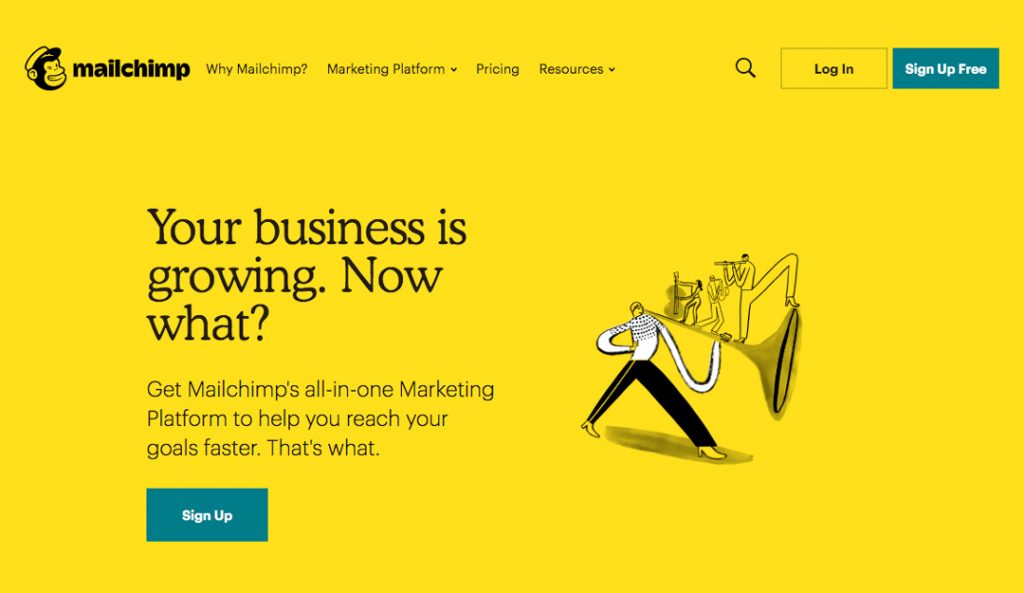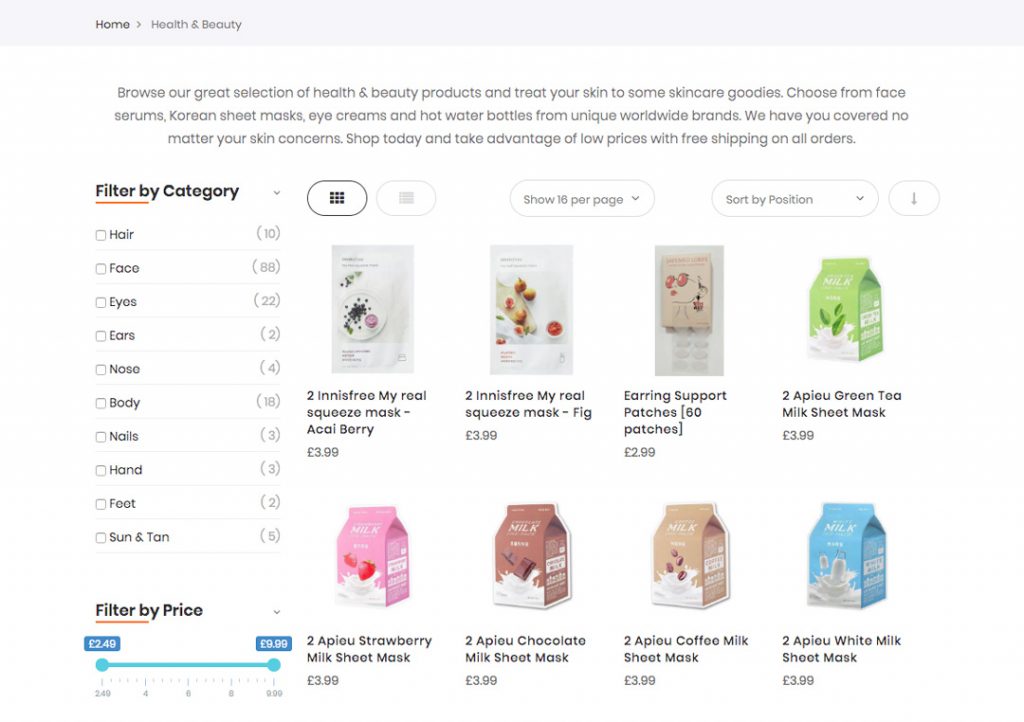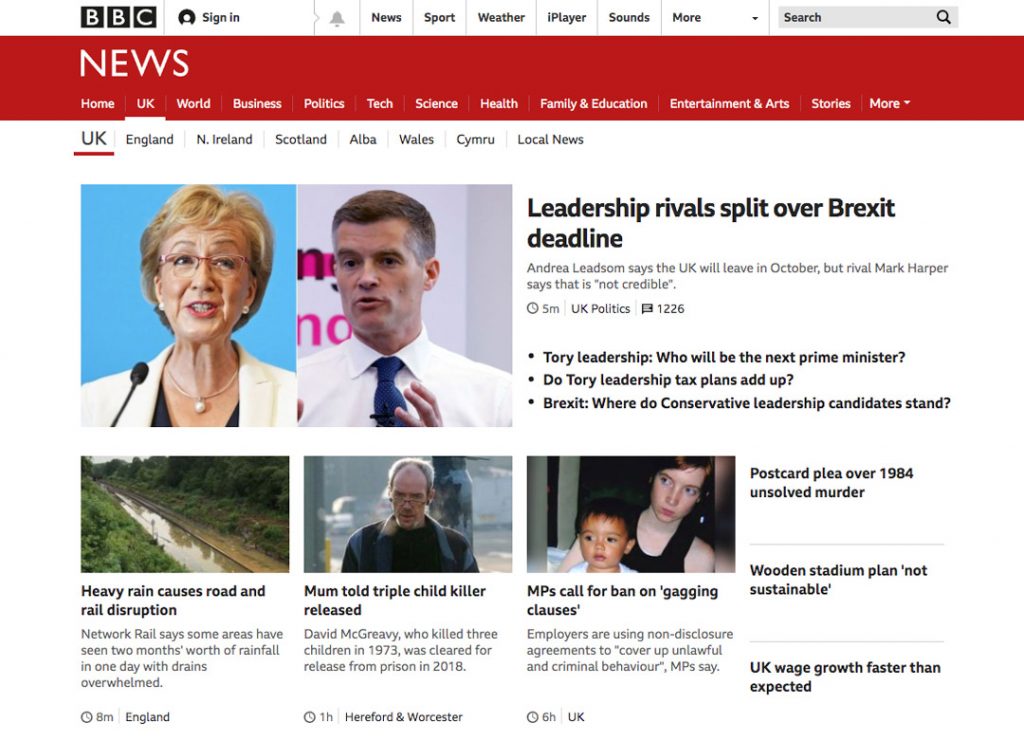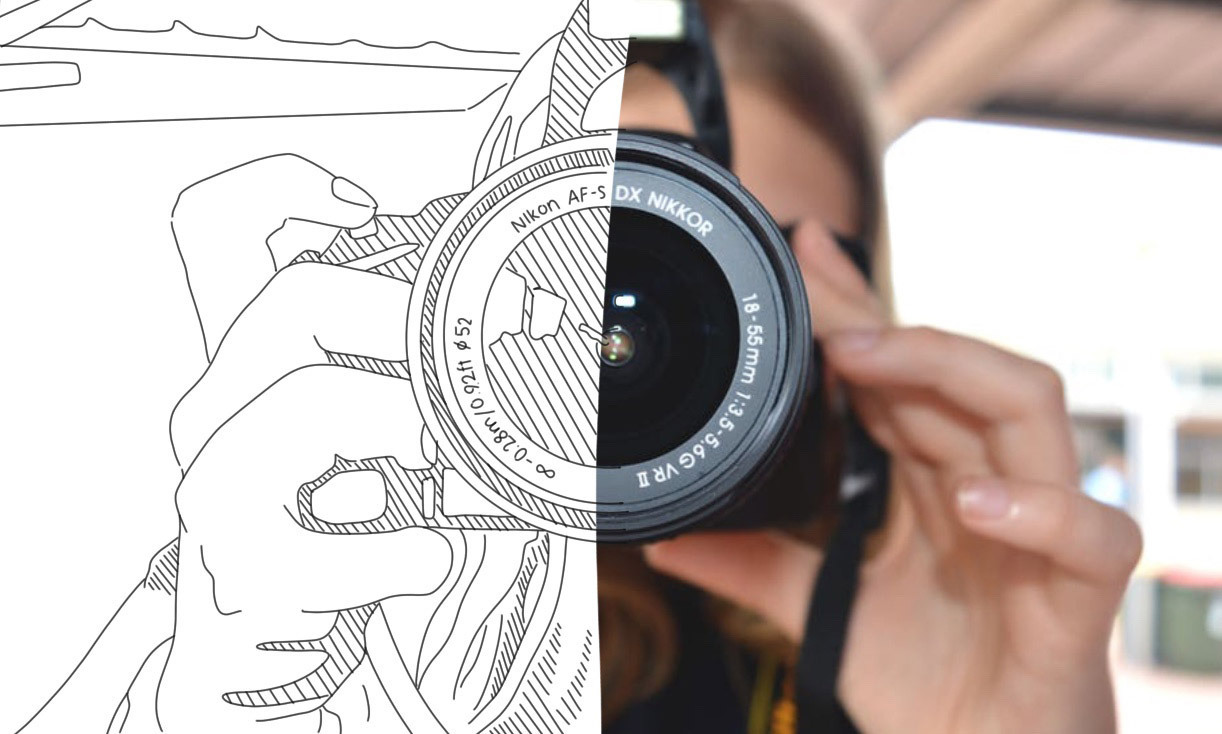Since the beginning of the internet, photos have been used as the primary visual medium, however, in the last decade, we’ve seen that illustrations have become a much more common and viable alternative. Good illustration has the potential to engage and excite the viewer's imagination, which is great for making your website memorable and ultimately converting visitors.
Photography and illustration have a place in web design, both with pros and cons, and choosing between them can be tricky, so I’ll share some tips on when one should be used instead of the other, with a few examples.
Telling a Story
One of the main goals of a website is to engage with its visitors, whether it’s to sell them a product, service or to provide information. Storytelling is a great way to do this.
When you need to tell a story or show a narrative as part of your website, illustration is a very effective method. Viewers can be taken on a journey utilising their own imagination, making for a more engaging process.
Themes and styles can create a sense of cohesion throughout a website and can set a tone easily, which is good for the customer journey. This can also be done through common characters or mascots, based on the type of brand being presented.

Stories are typically unique to each person, so using an equally unique illustration will help bring greater detail and a bespoke quality to the story. With illustration, you can create a journey that will resonate with visitors and be more memorable.
Displaying information
Data can be a bore at the best of times, and so going back to the aim of engaging visitors, pie charts just aren’t going to cut it. Infographics on the other hand, can help break the monotony of viewing data through interesting imagery and stylised graphs.

The objective of an infographic is to visualise a set of data in a clear way. Charts and graphs are the optimal and functional way to do that, but when it comes to web design, engaging customers is key. There needs to be a compromise between form and function, and infographics provide just that.
Infographics can make data feel more like a story and as explained earlier, that is a much more engaging way for a visitor to take that information in.
Intangible products
When you’re not selling a physical product, it can be hard to visualise exactly what it is you’re selling. SaaS (software as a service) for example, would need a clear explanation of what it actually is and does.
When selling a product, as much information as possible needs to be provided, and it’s best to accompany it with some form of visualisation. Screenshots of software are vital to show the viewer exactly what it does, where certain features can be found and how they can be used.
A website full of screenshots, however, could get boring fast. Incorporating illustration along with these screenshots helps keep visitors interested in the content.

Physical Products
When it comes to eCommerce websites selling physical products like clothes or electronics, it’s best to stick with what we know. Photography is going to be the best practice for showing products exactly how they are.
A category page filled with illustrations of products would be a very overwhelming sight and would cause a level of confusion that could turn customers away.

In eCommerce, the goal is to get a visitor to your site and to make purchasing as fast and as easy as possible. Sure it could be fine to use an illustration here and there to keep a level of engagement, but generally speaking, your products are best shown as they are.
Serious Topics
In general, illustrations are informal and photographs are more formal. So when you’re dealing with a more serious issue and tone, it may be best to play it safe with photos rather than illustrations.
The style of an illustration could be confused and seen as making light of a serious topic, so it’s best to use a more literal form of visualisation.

For example, on a news website, you’re very rarely going to find illustrations accompanying articles unless it has a light subject. News articles are typically based in reality, so accompanying visuals will be used to show what’s being discussed in the article. Unless an illustration is created in a hyper-realistic style, it’s not going to be as grounded and on-topic as a photo, as in the above image.
Note: It’s always good to keep your brand in mind. When choosing between these mediums, you have to ensure it’s on brand and relevant to your website and message. Hopefully, some of these examples give you an insight into which could be better for you.






 Stories are typically unique to each person, so using an equally unique illustration will help bring greater detail and a bespoke quality to the story. With illustration, you can create a journey that will resonate with visitors and be more memorable.
Stories are typically unique to each person, so using an equally unique illustration will help bring greater detail and a bespoke quality to the story. With illustration, you can create a journey that will resonate with visitors and be more memorable.
 The objective of an infographic is to visualise a set of data in a clear way. Charts and graphs are the optimal and functional way to do that, but when it comes to web design, engaging customers is key. There needs to be a compromise between form and function, and infographics provide just that.
Infographics can make data feel more like a story and as explained earlier, that is a much more engaging way for a visitor to take that information in.
The objective of an infographic is to visualise a set of data in a clear way. Charts and graphs are the optimal and functional way to do that, but when it comes to web design, engaging customers is key. There needs to be a compromise between form and function, and infographics provide just that.
Infographics can make data feel more like a story and as explained earlier, that is a much more engaging way for a visitor to take that information in.

 In eCommerce, the goal is to get a visitor to your site and to make purchasing as fast and as easy as possible. Sure it could be fine to use an illustration here and there to keep a level of engagement, but generally speaking, your products are best shown as they are.
In eCommerce, the goal is to get a visitor to your site and to make purchasing as fast and as easy as possible. Sure it could be fine to use an illustration here and there to keep a level of engagement, but generally speaking, your products are best shown as they are.
 For example, on a news website, you’re very rarely going to find illustrations accompanying articles unless it has a light subject. News articles are typically based in reality, so accompanying visuals will be used to show what’s being discussed in the article. Unless an illustration is created in a hyper-realistic style, it’s not going to be as grounded and on-topic as a photo, as in the above image.
Note:
For example, on a news website, you’re very rarely going to find illustrations accompanying articles unless it has a light subject. News articles are typically based in reality, so accompanying visuals will be used to show what’s being discussed in the article. Unless an illustration is created in a hyper-realistic style, it’s not going to be as grounded and on-topic as a photo, as in the above image.
Note: